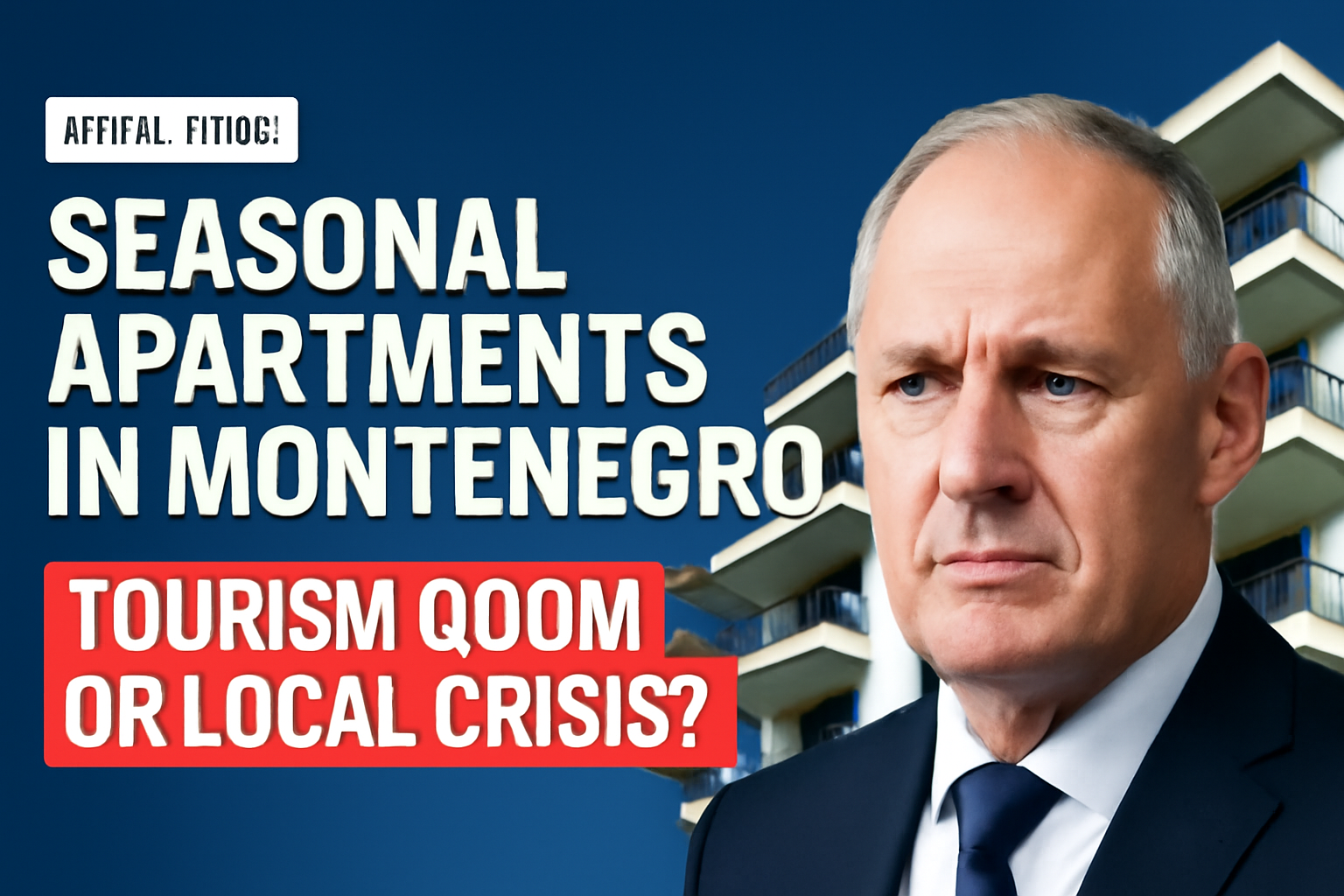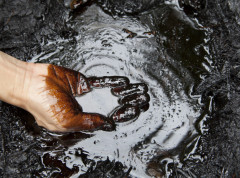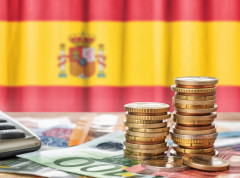Seasonal Apartments in Montenegro: Tourist Paradise or Local Nightmare?
Did you know that nearly one in three apartments in Montenegro is not used for permanent residence but only seasonally? Yes, you read that right! According to Monstat data, out of the total number of apartments in the country, about 89,000 are used only seasonally, mostly for tourism. This means many towns and municipalities have become tourist havens, but at the expense of local residents.
Where Has Tourism Taken Over?
The most dramatic examples are the municipalities of Ulcinj and Žabljak, where the number of seasonal apartments exceeds those for permanent residence. In Ulcinj, out of 24,000 apartments, about 47% are used seasonally, while only 39.8% are for permanent living. A similar situation exists in Žabljak, where nearly 60% of apartments are used seasonally. Budva, Herceg Novi, Kotor, Bar, and Tivat also have a high percentage of seasonal apartments, clearly showing tourism’s impact on the real estate market.
What Does This Mean for Locals?
This trend has serious consequences. Apartments that could be homes for locals are turned into tourist rentals. This leads to rent prices soaring, in some places by up to 50%. Locals are struggling more and more, and cities lose their authentic spirit as more space is taken by tourists and seasonal visitors.
Differences Between Coastal and Mountain Centers
While coastal municipalities have strong tourism and many seasonal apartments, mountain centers like Kolašin, Šavnik, and Plužine have about 40% of their housing stock used seasonally. In contrast, municipalities with less developed tourism, like Rožaje and Plav, have less than 10% seasonal apartments.
Podgorica and Other Cities
The capital Podgorica has 86,000 apartments, but only about 8% are used seasonally, much less compared to coastal cities. Similar situations exist in Nikšić, Bijelo Polje, and other municipalities with less tourist potential.
Empty Apartments and Living Standards
Interestingly, every fourth apartment intended for residence is actually empty. The average apartment size in Montenegro is 79.3 square meters, with an average of 2.9 people per apartment. The living space per person is 27.5 square meters, an important indicator of living standards.
Conclusion: Tourism Boom or Local Crisis?
Is this a tourism success story or a warning sign that locals are losing their homes? Seasonal apartments bring money and development but at the cost of housing availability for those who live here. Will Montenegro find a balance between tourism and the needs of its citizens? Time will tell.
If you’re a local or a tourist, what do you think about this phenomenon? A blessing or a curse? Drop a comment, maybe together we can find a solution or at least a good topic for debate!









